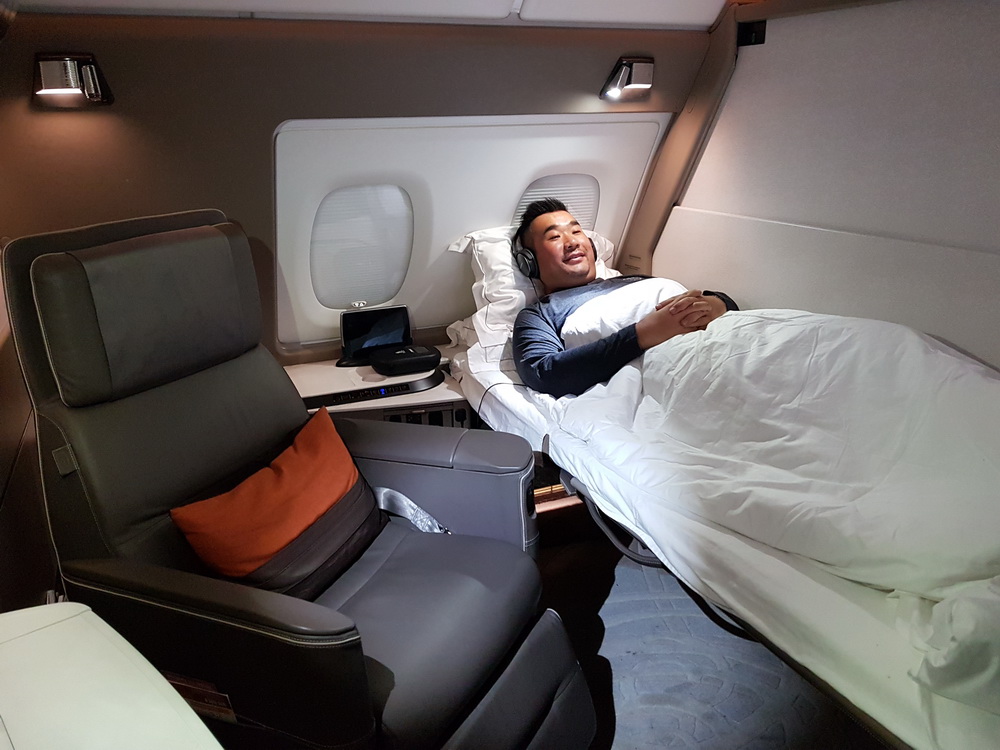The current COVID-19 pandemic has sent shockwaves throughout the entire aviation industry, including the airlines with First Class offerings. It is also not clear as to what extent the premium market (First and Business Class combined), which generated 30% of airlines’ international revenues in 2019, can recover. For many airlines across the globe, business travel has not yet returned in any meaningful way.
Some overseas routes have resumed, but traffic worldwide has barely started to creep back. According to the IATA, International passenger demand was down 92% in July. The overall average load factors on international long-haul flights were between 40-50% to date.
Travelling as a First Class passenger during the pandemic isn’t what it used to be. Airlines’ and airports’ efforts to minimise human interaction, and reduce the risk of infection, are taking the shine off the most expensive seats onboard commercial aircraft, like the Airbus A380 and Boeing 777-300ER.
Downgrade of Premium Offerings
Some airlines have used the pandemic to permanently downgrade their offerings for their First Class customers, to save money. Gone are the multi-course banquets and warm personal service in the First Class lounges; once the hallmarks of carriers like Emirates, Etihad Airways, Qatar Airways, Singapore Airlines and Cathay Pacific. These days, what’s left of premium-grade travel is functional, hygienic and closer to cattle class – only with more legroom.
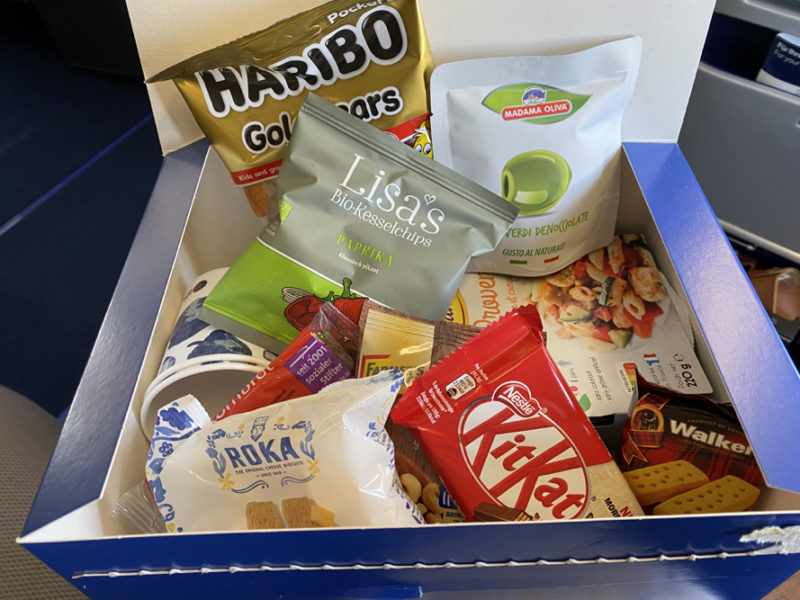
The limitations are one more headache for an airline industry grappling with a near-total collapse in demand; following years of luxury one-upmanship among carriers across the globe, in a contest for the most profitable passengers.
All of sudden, it is harder to tell airlines apart when passengers are up in the pointy end. That makes it tougher for carriers to win top-paying customers, this also risks pushing some to the lower cabin class, the evolving Business Class, or to private aviation.
Hungry Private Jet Operators
During the pandemic the very hungry private aviation companies have remained in business; offering comfort and flexibility as well as isolation, with separate terminals, with a living-room ambience, and boarding areas (e.g. JETEX Premium Terminal at DWC). In light of the recent pandemic, the isolation, flexibility and sometimes even unprecedented access have pushed business aviation to recover very quickly; especially when compared to its counterpart, the commercial airlines with First Class offerings.
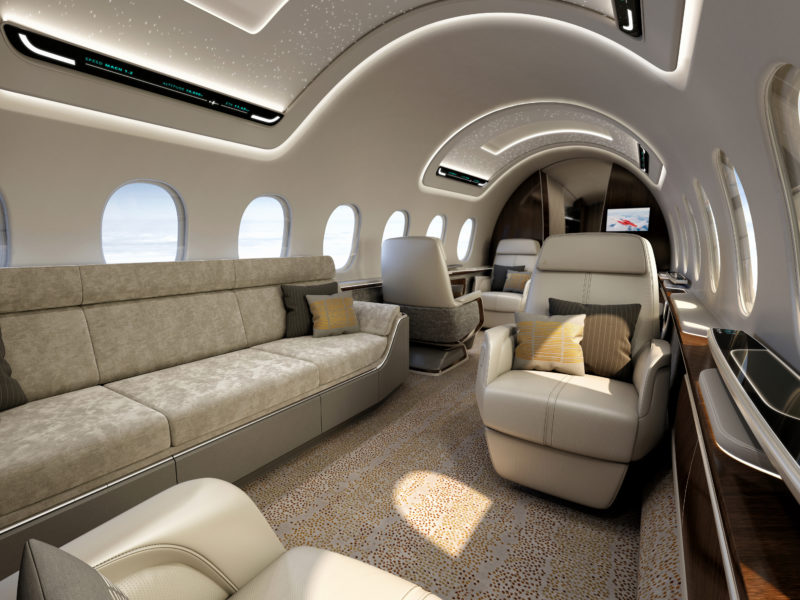
The quick-paced recovery of business aviation, during the pandemic, does showcase that there are customers who are willing and able to spend extra to be safe while traveling. According to JETEX’s CEO Adel Mardini, 70% of their (new) customers are coming from First Class and these people may not fly First Class again, at least for the coming five years. Passengers with a higher willingness to pay also have a higher degree of motivation to travel, be it for leisure or business.
Suite-Style Business Class
In terms of product offerings and features (e.g. Qatar Airways’ groundbreaking QSuite) the Business Class of various airlines like Qatar Airways and Delta has become the alternative First Class, by removing/not considering the First Class in their fleet (now and future). Even before the coronavirus pandemic brought travel to a halt, many airlines were introducing new premium cabins that, often for the first time, included closing doors. Instead of adding the First Class to the future fleet (e.g. A350, B787 or B777X) various airlines are offering their passengers the option to choose from two variants of Business Class seats (e.g. standard seat and suite-style seat).
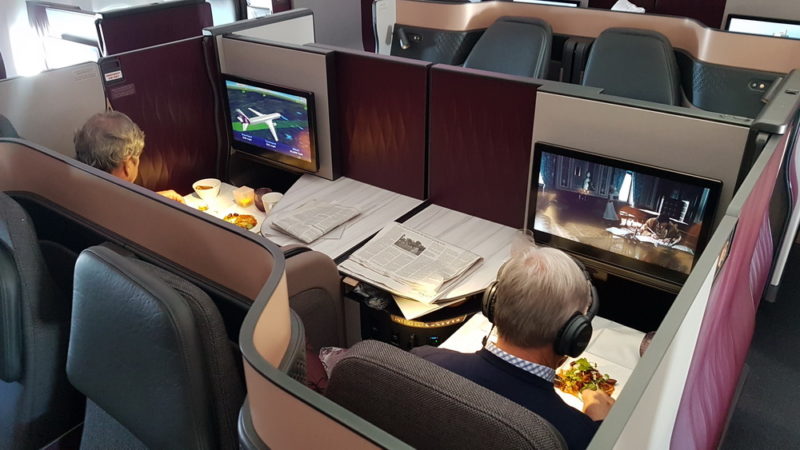
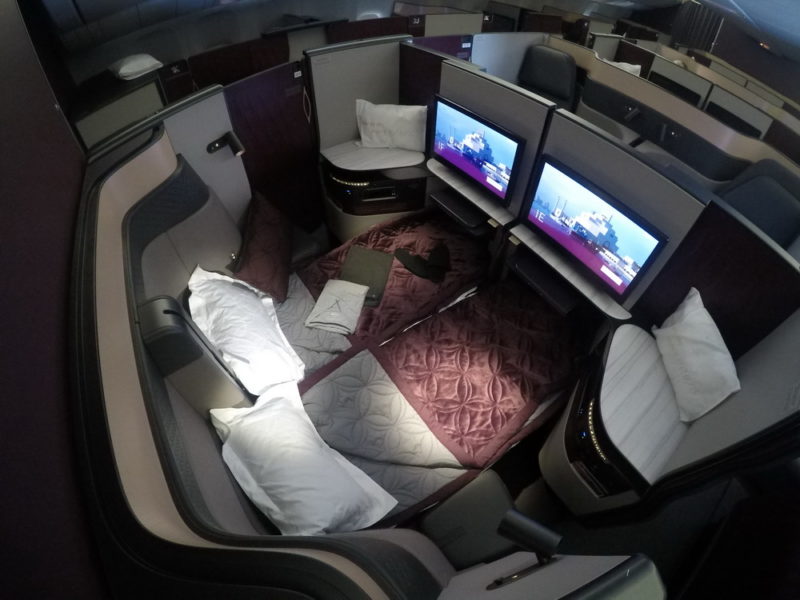
Airlines have slowly been phasing out their First Class seating and replacing it with expanded suite-style Business Class offerings. The key challenge for many airlines in the past was to achieve a solid ROI from investing in First Class products (on-ground and on-board) since up to 70% of the First Class passengers, of various airlines in the past, didn’t pay a full-fare ticket for travelling in First Class. The majority of the First Class passengers were upgraded from the Business Class (either compulsory, operationally or by themselves with miles/cash).
Yet airlines somehow need to keep filling those First Class seats, or get rid of them. A single First Class seat needs to generate at least three times the profit of a Business Class seat, to justify all the space it takes up in the plane.
First Class Isn’t Dead Yet
Despite the ongoing structural change in air travel, First Class can’t be declared as dead yet. The structural change in the market will lead to new opportunities (e.g. cabin layouts, on-ground/on-board products) in order to recapture that lost premium market share from private jet operators in the post COVID-19 era.
With respect to the downgrade of service and product offerings due to COVID-19, Business and First Class travel may be a waste of money right now
But premium tickets are about to become more valuable and appealing than ever in the post COVID-19 era. This is largely due to space and privacy offered, particularly with the trend for Business Class suites with floor-to-ceiling sliding doors.
Final Thoughts
In the near future, when leisure and business travel begins again, it is likely that the majority of people will return to flying somewhat tentatively; I believe the added privacy of flying Business or First Class may in fact end up being a reassurance worth paying for. Those passengers keen to keep a safe distance will like the security of the roomier classes; as privacy (safety) and distance (health) is likely to be in the forefront of many passengers’ minds when they start flying again. For many ‘fewer’ trips will be the way forward, in favour of attempting to fly in Business or First Class to create natural social distancing.
When travellers finally do return to the skies, they will be more conscious than ever before about their personal space; airlines will be eagerly waiting to greet them, with some of the most spacious and comfortable premium cabins imaginable. First Class passengers are likely want to be away from the crowds, so the reintroduction of exclusive stand-alone First Class Terminals, like in former times, could be an option for airlines based in heavy premium markets like London Heathrow. They do cost an arm and a leg for airline and airport operators, however the entire landscape and the customer behaviour is changing due to COVID-19 and we have to look at the path towards 2025 and beyond.
Linked to the global GDP growth and growth in propensity to travel, the travel sector has continued to grow and will continue to grow again once the worst of this crisis is over. The demand for travelling in premium classes will also return to its long-term growth trajectory, linked with the rise of the middle class worldwide. It is highly likely that the COVID-19 pandemic may make people appreciate Business and First Class even more.
Although First and Business Class travellers makes up just a small portion of total air travel, the foundation of the business travel sector travelling in both premium classes is an essential ingredient for the world’s full-service network carriers (FSNCs); reflected by the fact that in 2020 alone, the real value of the segment will shed over $750 – $850bn (IATA, 2020).


